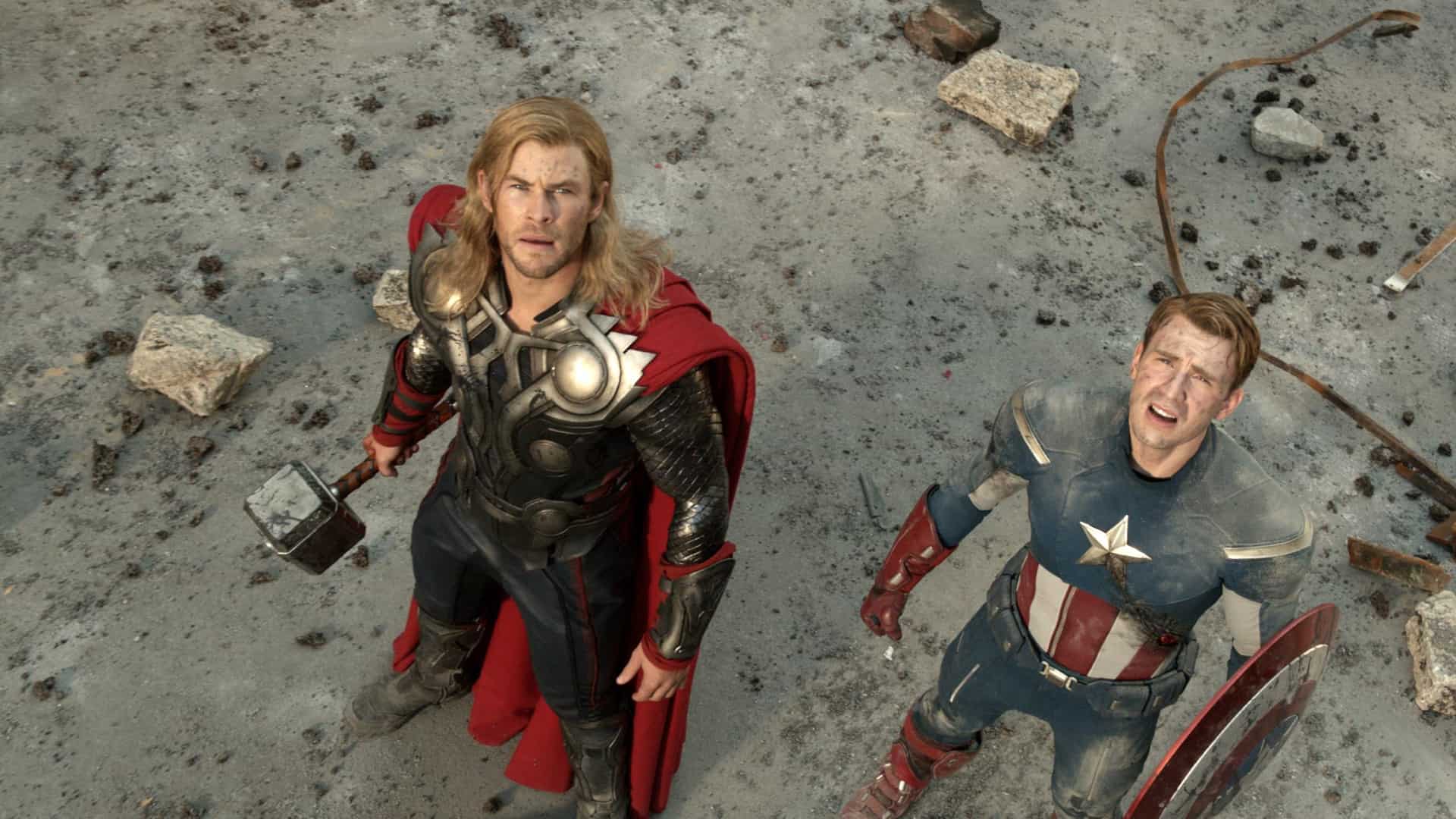(Fay) Camera angles and shot sizes
The importance of camera angles- shows realistic effect, make us feel involved/ emotions of the character (audience), develop a character, facial expressions (close), tell the story, (wide/long shot) helps us see the setting, shows the full picture, significants of someone, character power (hierarchy), what to show and how to show it (conflict- how it will make the audience feel), director chooses how it is shown to the audience. Scene- extreme long shot (more in the frame), showing us location, props, lighting.
Same scene different angles- director wants the audience to see who is talking, body language/emotion, reactions, making up the character narrative (sound, lighting important), who is in control.
Framing involves- the shot size, how far away the person or object is that the director wants us to focus on.
Type framing- Lack of space in the shot/ character constriction (dramatic effect).
Loose framing- shots have an open space around the subject gives a sense of isolation or freedom (many characters), location (open field), dramatic field one character is the loose frame causing isolation, eg roots.
Deep focus framing- capture the effects of the dialogue, sharp focus, dramatic effect one close up still shows facial expression but more objects/characters in the frame.
Camera angle- where the camera is in relation to the person or object that the director wants us to focus on.
Camera movement- pan/tilt (left-right), tracking/dolly, boom/crane, stedicam.
Function- to reveal dramatic information, too narrow and focus attention on significant objects/ characters, makes the shot more exciting (fighting scene).
Pan- establish shot, more of the scene/location, readjust the frame, accommodate character movement, (brief shot)- becomes disengaging. Is an arc shot where the camera pivots at. 360-degree on its mounting on the tripod.
Tilt- up and down, focus on an object /drawing attention/different types of meaning.
Dolly/tracking- follow the character around, fitted on a tripod to produce emotion perspective, physically move with the characters actions.
Boom/crane- High shot from above, birds eye view, involves melting the camera on a crane, powerful dramatic effect/scale, city shots, also achieve this with a drone to establish a wide large scale fraction.
Stedicam- attached to a person, mechanical system to a held hand camera work, very steed, jitter free, film-making technique, moves along with the characters (Blair witch project), heavy equipment, documentary and film making.
Lens movement- camera movement, zoom in- zoom out, rack focusing, different zooming lense.
Mise en scene- everything in the frame can carry meaning: characters, costume, props, lighting, language, sound, setting/location.
Continuity- lighting is about the creative choice to maintain or willingly not maintain lighting over the scene. Single camera- move and relight/ Multi cam- above the floor. - directors choice to keep the shot the same, creators choice for specific shot angle not done by accident.
Activity 2 find the image:

1-

Extreme long shot- quarter of a mile away, generally used to capture the setting from a long distance.
2-

Long shot- Scene setting often landscape.
3-

Medium long shot- generally the frame is knee length above the character/ object.
4-

Medium shot- waist shot camera angle from a medium distance.
5-

Medium close up- focus on the subject and reveal facial expressions/ emotions
6/7-

Close up- An extreme close up of the characters face to reveal all expressions/feelings/emotions.
8-

Extreme close up- focus on the eye on the face to show feelings and reactions.
Activity 3 find the image:
1-

Over the shoulder shot- used to see the other persons perspective/ emotions and feeling through there facial expression.
2-

Low angle- to show the importance/ power of someone in the hierarchy.
3-

High angle- shows the importance of a character/ hierarchy.
4-

Canted angle- slanted shot for the audience to see a different perspective/angle.
5-





Comments
Post a Comment